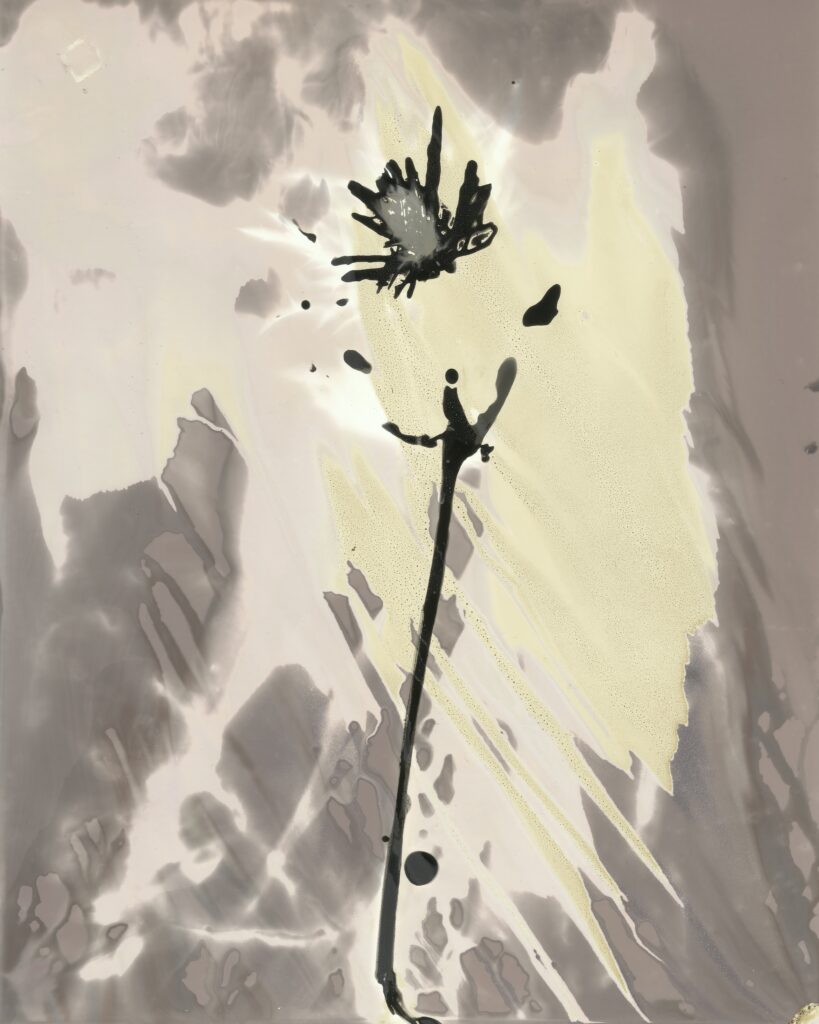
Naomi McAllister
When I think of a photographer, I think of Henri Cartier-Bresson – a man dedicated to precision, balance and composition. Clean lines, perfect black and white, capturing decisive moments. I don’t imagine he was fumbling around in the dark during a pandemic counting out loud for a lack of a timer. I guess you could argue that I’m not a photographer, I did study it and during our present historical moment it has been my primary preoccupation. I have been experimenting with lumen prints, cyanotypes, anthotypes and finally making use of that dark room that I set up in my bathroom whilst making a mess with chemigrams. This experience has prompted me to examine: why don’t I see myself represented in this ideal? We all take photographs now.
Modern photography is a paradox, so accessible, yet somehow the easier it is to use the less we are required to understand the traditional processes, in order to capture innumerable subjects, 4-year olds snapping pictures of their own blurry faces is commonplace. However, with experimental photography the individual touch of the photographer can be felt, seen, smelled. We use homogenised photographic vessels and are weighed down by past inequalities in, for example, photojournalism. Historical moments being communicated with an “institutional vision”. There is no doubt that this particular historical moment will be recorded and there was certainly a sense that everyone was busying away with their own creative projects, surely my bathroom wasn’t the only makeshift, mistake-wielding room out there. Great time to reinvent the camera, look to Cary Norton’s 2009 ‘Legotron’. But who are our experimental photographic pioneers? Is it Man Ray? Photomontage? David Hockney?
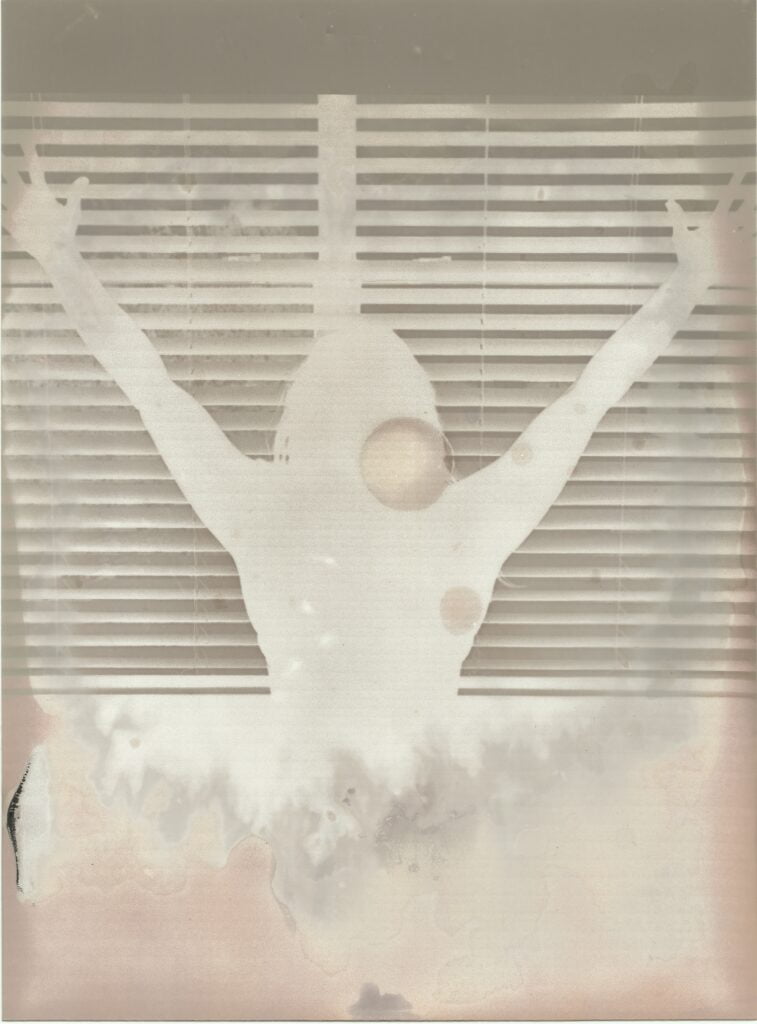
Naomi McAllister
Ann Atkins is considered the first female photographer, born in Kent in 1799. Atkins was responsible for making over 10,000 hand-crafted cyanotypes and then having the prudence to bind them and share them in a book. If Instagram had been around, I’m sure that we wouldn’t have lost the photos she’d taken on her own camera. It isn’t all about perceiving the photographer as a woman, but it inspires me to remember that one of these landmark moments was mastered by a woman and completed without the use of a camera. Reinforcing that photography is not just about the vessel, there are many techniques for image making using the light and sensitivity which yields truly original results. Well worth feeding the positive feedback loop of social media.
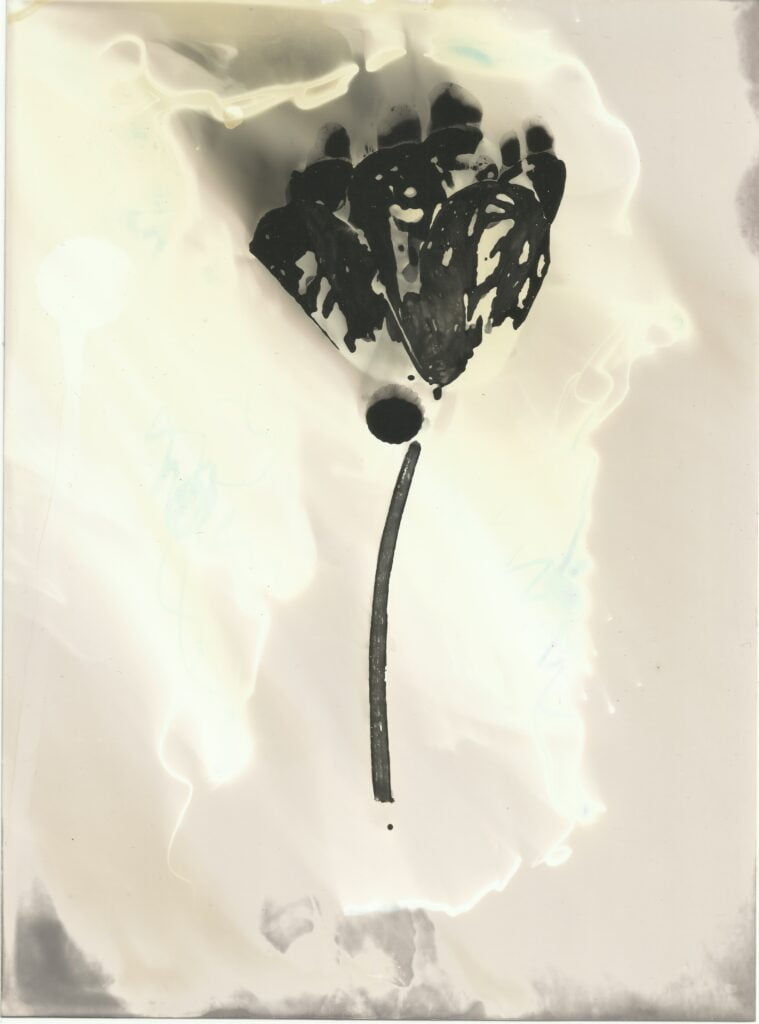
Naomi McAllister
This wasn’t the first time I locked myself away in the dark. I have been known to turn my bedroom into a camera when there is a political announcement that I don’t agree with. I not only had the time to go on an experimental rampage, but was also able to explore my own idea of who takes photographs. Looking at photographers like Joan Lyons (b. 1937) intimate, introspective and unsung or the tintypes of Khadija Saye (1992-2017), I have begun to readdress my preconceptions and embrace making mistakes. Having my own darkroom has been extremely liberating. I do have to wear black, kneel on the floor, and I often lose count when I switch the light on realising the elements of my photogram have shifted.
The world of experimental photography really does seem to have unlimited potential. With access to darkroom spaces hindered by lockdown, I have no doubt that there are many private and makeshift-studio photographers hiding in the dark out there. This has certainly been a time for introspection for many and I hope that the images that underpin it reflect this unique, private dissection of our personal lives.
Filed under: Art & Photography
Tagged with: artist, chemicals, covid19, darkroom, Experimental, lockdown, photo, photographer, photography, woman
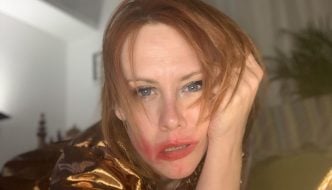
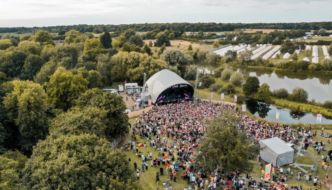
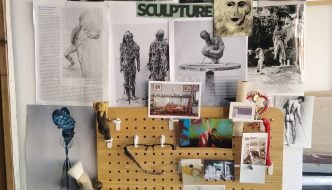
Comments